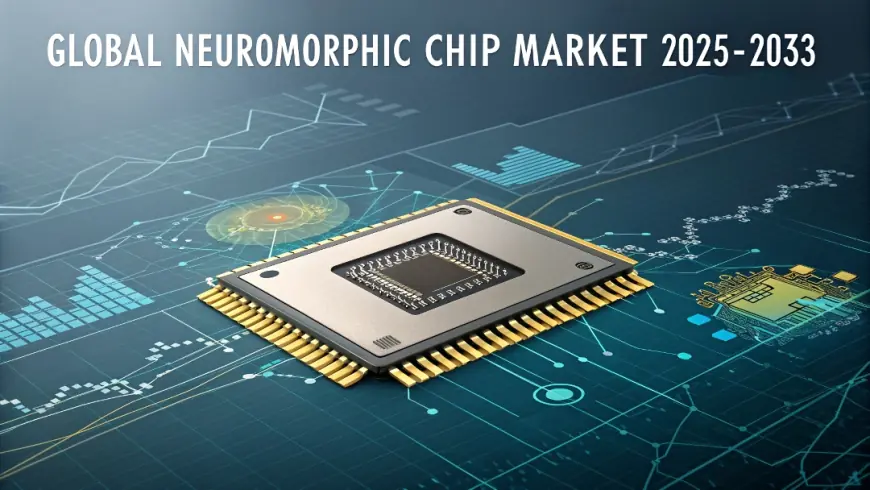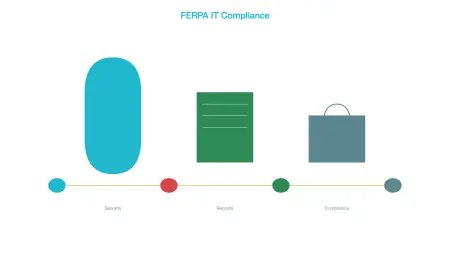Neuromorphic Chip Market Report, Trends, Share, Growth Opportunities, and Forecast 2025-2033
The global neuromorphic chip market was valued at USD 3.5 billion in 2024 and is expected to reach USD 11.9 billion by 2033, growing at a CAGR of 13.73% from 2025 to 2033.

According to the latest report by IMARC Group, titled “Neuromorphic Chip Market Report by Offering (Hardware, Software), Application (Image Recognition, Signal Recognition, Data Mining), End Use Industry (Aerospace and Defense, IT and Telecom, Automotive, Medical, Industrial, Consumer Electronics, and Others), and Region 2025-2033”, offers a comprehensive analysis of the industry, which comprises insights on the global neuromorphic chip market report. The report also includes competitor and regional analysis, and contemporary advancements in the global market.
The global neuromorphic chip market size reached USD 3.5 Billion in 2024. Looking forward, IMARC Group expects the market to reach USD 11.9 Billion by 2033, exhibiting a growth rate (CAGR) of 13.73% during 2025-2033.
Request Free Sample Report: https://www.imarcgroup.com/neuromorphic-chip-market/requestsample
Global Neuromorphic Chip Market Dynamics:
Rising Adoption of Edge AI and Cognitive Computing:
The global neuromorphic chip market is witnessing robust momentum, primarily driven by the accelerating integration of edge artificial intelligence (AI) and cognitive computing across industries. As enterprises aim to reduce latency, enhance real-time decision-making, and manage massive data inflows, neuromorphic chips provide a breakthrough by mimicking the human brain’s synaptic functions. These chips enable faster data processing with lower power consumption compared to traditional architectures. Sectors such as automotive, aerospace, defense, consumer electronics, and healthcare are increasingly deploying edge AI-powered systems that benefit from neuromorphic computing. For instance, autonomous vehicles require intelligent systems capable of real-time decision-making under dynamic environmental conditions—an area where neuromorphic chips excel. Additionally, IoT-enabled devices in smart homes and industries are driving demand for high-efficiency, low-power processing capabilities, further reinforcing the importance of neuromorphic architectures. With real-world applications expanding, the role of neuromorphic hardware in decentralizing intelligence and enabling distributed processing at the edge continues to grow. This dynamic is significantly contributing to the market’s upward trajectory and long-term value creation.
Strategic Investments and R&D Acceleration by Key Players:
A major catalyst in the growth of the neuromorphic chip market is the increasing volume of strategic investments and accelerated R&D efforts from leading semiconductor and AI technology firms. Companies such as Intel, IBM, BrainChip Holdings, and Qualcomm are heavily investing in neuromorphic platforms to gain a competitive edge in AI computing. These organizations are channeling resources into developing chips that can support advanced machine learning algorithms, event-based sensors, and ultra-efficient neural networks. Governments and defense agencies are also collaborating with private players to foster innovation in neuromorphic engineering, given its potential for applications in surveillance, cybersecurity, and mission-critical analytics. University-industry partnerships and government-funded research initiatives are further expanding the ecosystem, fostering innovation in neuromorphic architectures like spiking neural networks (SNNs) and memristor-based computing. This surge in funding and intellectual capital not only accelerates product development but also drives commercialization across global markets. As breakthroughs in architecture, scalability, and compatibility emerge, these R&D investments are expected to shape the technological roadmap and enhance the reliability and efficiency of neuromorphic systems.
Growing Need for Energy-Efficient AI Systems in High-Performance Applications:
The escalating demand for energy-efficient AI systems in sectors like robotics, aerospace, industrial automation, and smart surveillance is significantly influencing the neuromorphic chip market dynamics. Traditional AI processors consume considerable amounts of power, often limiting their deployment in edge-based or mobile environments. Neuromorphic chips, however, are purpose-built to reduce energy usage while delivering parallel processing and adaptive learning capabilities. Their biological inspiration—modeled after the neural structure of the human brain—enables asynchronous data processing and event-driven computation, which minimizes energy waste. This makes them particularly well-suited for high-performance applications requiring real-time analytics, such as autonomous navigation, precision agriculture, and healthcare diagnostics. Furthermore, the need to embed intelligence into battery-powered or remote devices has intensified the demand for ultra-low-power processing units. As enterprises aim to achieve sustainability goals and operational efficiency, the preference for neuromorphic solutions over conventional CPUs or GPUs is expected to grow. This dynamic represents a vital shift toward energy-aware AI development, reinforcing the long-term scalability of neuromorphic hardware in diverse verticals.
By the IMARC Group, Some of the Top Competitive Landscape Operating in the Neuromorphic Chip Market are Given Below:
- Applied Brain Research Inc.
- BrainChip Holdings Ltd.
- General Vision Inc.
- GrAI Matter Labs
- Hewlett Packard Enterprise Development LP
- HRL Laboratories LLC
- Intel Corporation
- International Business Machines Corporation
- Qualcomm Technologies Inc.
- Samsung Electronics Co. Ltd.
- SK hynix Inc.
Explore the Full Report with Charts, Table of Contents, and List of Figures: https://www.imarcgroup.com/neuromorphic-chip-market
Global Neuromorphic Chip Market Trends
The neuromorphic chip market is undergoing transformative change, with several notable trends shaping its future. One of the most prominent is the integration of spiking neural networks (SNNs), which enhance the chip’s capability to process temporal data and event-driven tasks with high efficiency. The surge in demand for real-time data processing, especially in autonomous robotics, intelligent edge systems, and adaptive security networks, is accelerating innovation in neuromorphic design.
Collaborative ventures between tech giants and academic institutions are also enabling rapid prototyping and commercialization. Moreover, the convergence of neuromorphic computing with quantum technologies and 3D chip stacking is set to push the boundaries of AI performance. As regulatory bodies increasingly prioritize ethical and explainable AI, neuromorphic systems—known for their transparency and low power footprint—are gaining attention as a sustainable, trustworthy alternative to traditional architectures. These trends collectively point to a future where neuromorphic chips become foundational to next-generation computing.
Breakup by Offering:
- Hardware
- Software
Software accounts for the majority of the market share
Breakup by Application:
- Image Recognition
- Signal Recognition
- Data Mining
Image recognition holds the largest market share
Breakup by End Use Industry:
- Aerospace and Defense
- IT and Telecom
- Automotive
- Medical
- Industrial
- Consumer Electronics
- Others
Regional Insights:
- North America (United States, Canada)
- Asia Pacific (China, Japan, India, Australia, Indonesia, Korea, Others)
- Europe (Germany, France, United Kingdom, Italy, Spain, Others)
- Latin America (Brazil, Mexico, Others)
- Middle East and Africa (United Arab Emirates, Saudi Arabia, Qatar, Iraq, Other)
Key highlights of the Report:
- Market Performance
- Market Outlook
- COVID-19 Impact on the Market
- Porter’s Five Forces Analysis
- Historical, Current and Future Market Trends
- Market Drivers and Success Factors
- SWOT Analysis
- Structure of the Market
- Value Chain Analysis
- Comprehensive Mapping of the Competitive Landscape
Note: If you need specific information that is not currently within the scope of the report, we can provide it to you as a part of the customization.
About Us
IMARC Group is a leading market research company that offers management strategy and market research worldwide. We partner with clients in all sectors and regions to identify their highest-value opportunities, address their most critical challenges, and transform their businesses.
IMARC’s information products include major market, scientific, economic and technological developments for business leaders in pharmaceutical, industrial, and high technology organizations. Market forecasts and industry analysis for biotechnology, advanced materials, pharmaceuticals, food and beverage, travel and tourism, nanotechnology and novel processing methods are at the top of the company’s expertise.
Contact US:
IMARC Group
134 N 4th St. Brooklyn, NY 11249, USA
Email: [email protected]
Tel No:(D) +91 120 433 0800
United States: +1-631-791-1145
What's Your Reaction?
 Like
0
Like
0
 Dislike
0
Dislike
0
 Love
0
Love
0
 Funny
0
Funny
0
 Angry
0
Angry
0
 Sad
0
Sad
0
 Wow
0
Wow
0


















































